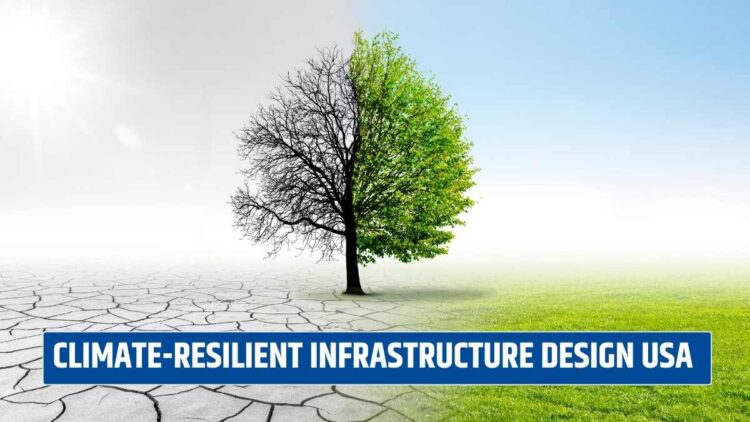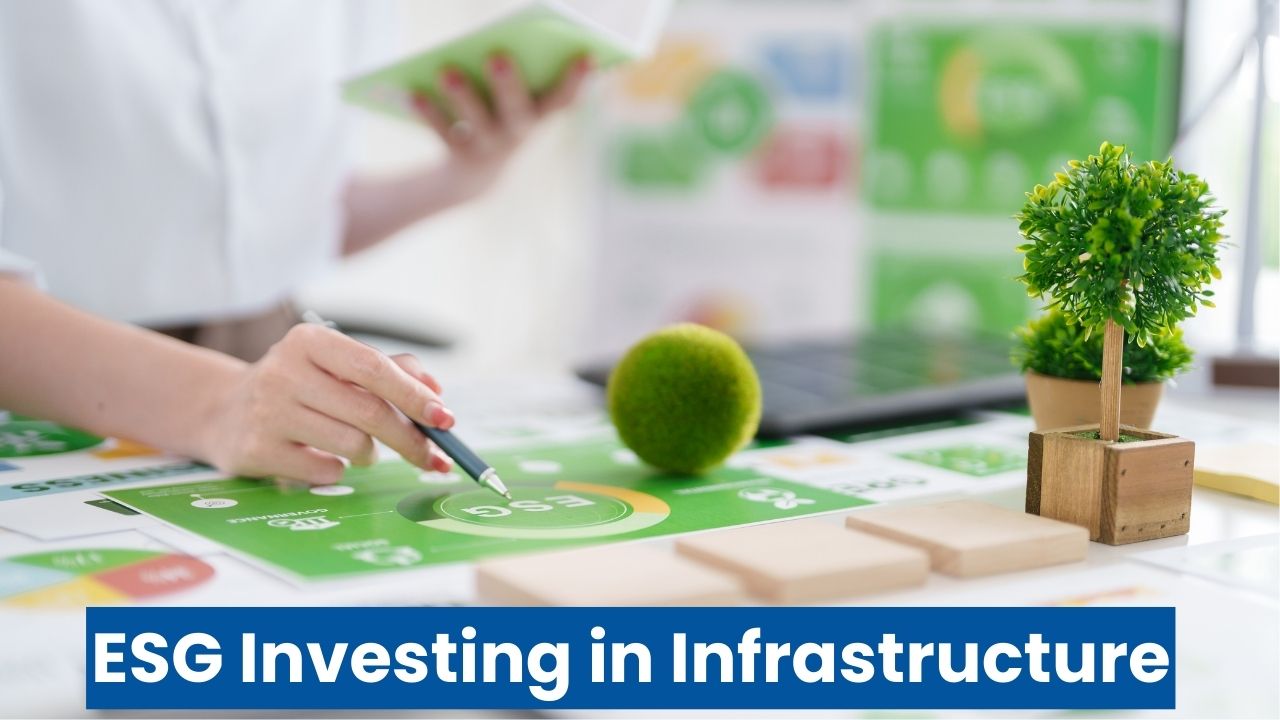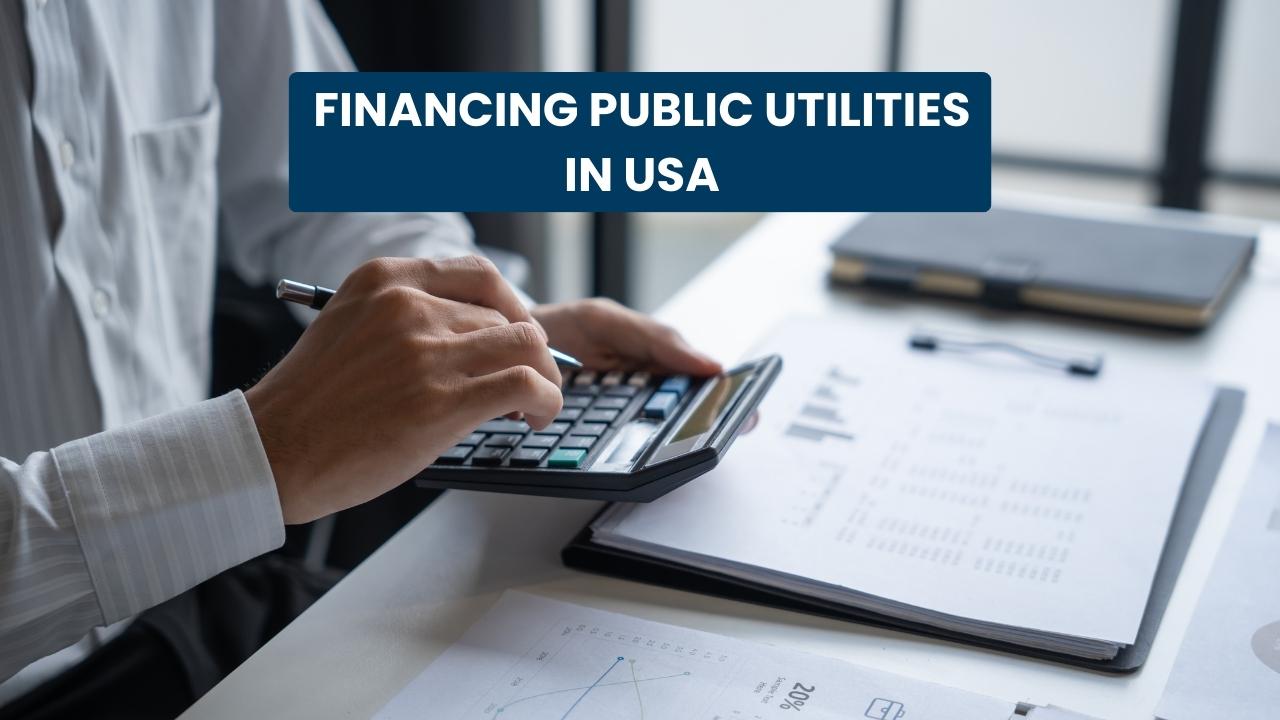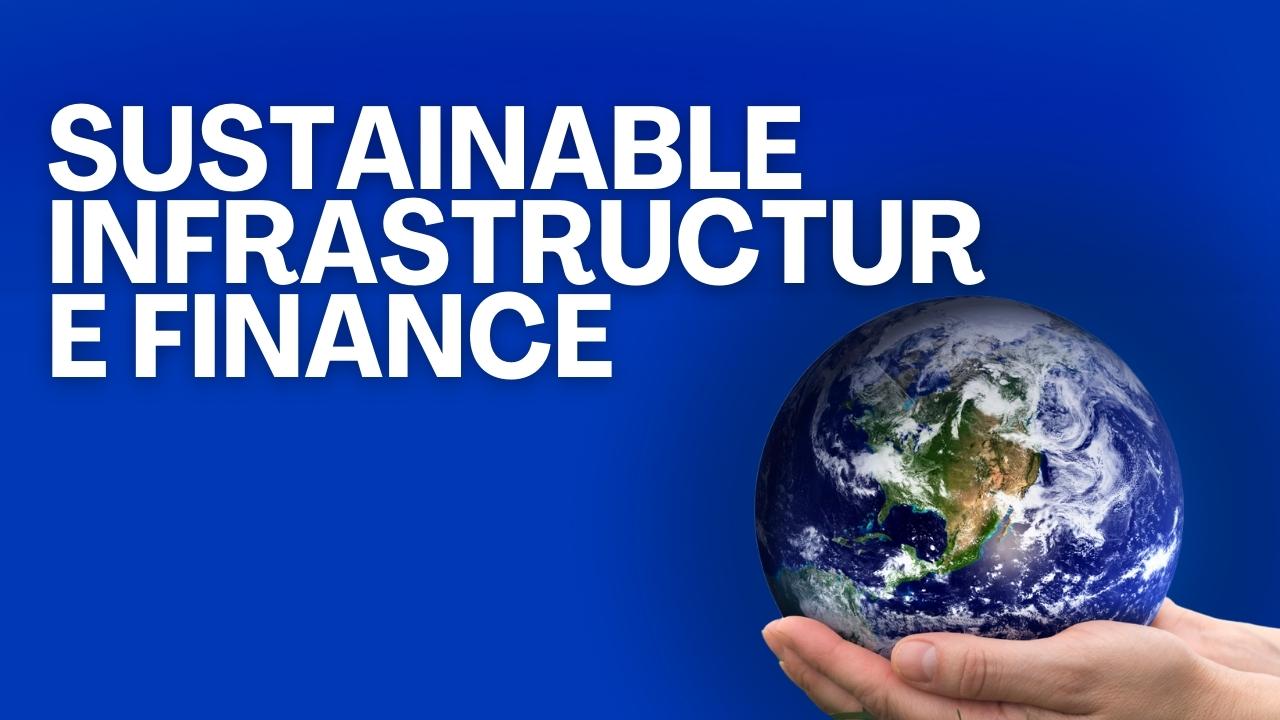Climate-resilient infrastructure is a necessity now, with climate change affecting the infrastructure of all types. The USA has invested in building modern and climate-resilient infrastructure. Let’s see how the climate-resilient infrastructure design is done across the country.
Climate-resilient Infrastructure Design USA
The rainfall pattern change, temperature rise, and extreme weather events are becoming common in the US. According to the National Center for Environmental Information, last year the extreme weather events impacted the economy and human, where the most costly event was Hurricanes and Tropical Storms Helene and Milton.
Increasing natural disasters cost too much in the relief efforts and the infrastructure damage. The reports say the extreme weather events have cost around $150 billion each year to the US, including agricultural loss, infrastructure damage, and other expenditures. The major hurdle for American infrastructure development is climate change.
The cost of extreme weather events is expected to grow in the future due to climate change; hence, it’s important to focus on climate-resilient infrastructure. The US Federal agencies, like ASCE, NIST, and NOAA, are taking efforts to integrate the climate change-adapted infrastructure for the long-term benefit.
The sustainable infrastructure design will depend on the type of infrastructure, but some core principles are followed in the design. The Infrastructure projects are now focused on making eco-friendly and climate-resilient, hence it’s important to understand their design.
What are the key principles for the Climate-resilient Infrastructure design?
The climate-resilient infrastructure design involves various principles that you can check below and understand how the design is done:
- Risk Assessment: Before designing the climate-resilient infrastructure, the design team has to do a risk assessment to see what risks are involved with the project based on its location, climate, and other factors.
- Climate Change Adaptability: With the changing climate, we are not sure what the future holds, hence it’s important to ensure the infrastructure is adaptable to climate change. The design should have room for improvement and change that keeps users ready for the future.
- Durability: When you design the climate-resilient infrastructure, ensure that it is durable and can withstand extreme weather events, and reduce the damage to infrastructure costs.
- Effective road materials: Climate-resilient infrastructure should have eco-friendly materials and extend the infrastructure’s life span.
- People Centered: When you design the climate-resilient infrastructure, it must be designed keeping the people’s safety and community benefits in mind.
- Long-term design: The climate-resilient infrastructure should be designed and built with long-term thinking and installed with solutions that can make it last for a longer period.
What are the standards or guidelines for the Climate Resilient Infrastructure?
The USA does not have a single or unified standard for climate-resilient infrastructure design, but there are many initiatives taken that can help in designing the infrastructure, such as:
- ASCE standard:
- The ASCE/COS 73-23 is the standard practice for sustainable infrastructure that helps in designing the infrastructure.
- The standard is focused on reducing carbon emissions, following environmental protection practices, maintaining the infrastructure, and other.
- National Climate Resilience Framework:
- The White House and EPA have issued the National Climate Resilience Framework, which calls for climate resilience infrastructure planning in federally funded projects that prioritize nature-based solutions, climate change adaptation, and others.
- NIST Guidance:
- The National Institute of Standards and Technology is the best source for guidance in climate resilience infrastructure design.
- You can find everything for every infrastructure type and its climate-resilient needs and requirements that you should check before designing.
How do all stakeholders need to come together for climate-resilient infrastructure design?
Climate-resilient infrastructure is important for economic growth and long-term benefits, but it may have many challenges, and to overcome the barriers, all stakeholders need to come together. Here you can find out the role of each stakeholder in the climate-resilient infrastructure design:
- Operator and Project Owners: The project owners/ operators need to ensure the infrastructure delivers a resilient, efficient, and durable infrastructure.
- Engineers: The technical teams need to ensure that all the standards are followed and enhance the instruction with the best technologies and technical knowledge.
- Civil Society: The civil society plays a vital role in community management, capacity building, and engagement.
- Investors: Investors can focus on the ESG structure or climate-resilient standards when investing in the infrastructure projects to scale the sustainable infrastructure practices.
- Government: The government needs to establish the policies and regulations that will focus more on resilience, sustainable infrastructure building, and financing.
The infrastructure sector in the USA will be facing an investment gap of $3.7 trillion over the next 10 years. The major issue driving this gap is climate change, making it crucial to develop and invest in climate-resilient infrastructure.



